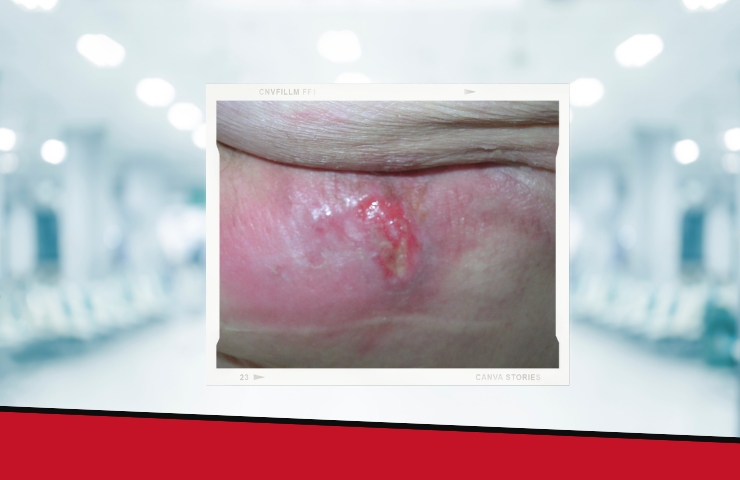


By Nancy Morgan, RN, BSN, MBA, WOC
Nancy Morgan Wound Care brings you information you can apply in your daily practice.
Support Resources
Infographics,
The drainage from a wound is called exudate. This substance is produced by the body in response to tissue damage. Exudate may be present in wounds as they heal. It consists of fluid that has leaked out of blood vessels and closely resembles blood plasma. Exudate can also result from conditions that cause edema, such as inflammation, immobility, limb dependence, and venous and lymphatic insufficiency.
Accurate assessment of exudate is important throughout the healing process because the color, consistency, odor, and amount which can change because of various physiologic processes and underlying complications.
Teamwork: It’s good to ensure clear communication among clinicians. Here are terms you should keep in mind when assessing the wound, evaluating, and documenting your findings.
Exudate Characteristics
Exudate Volume
Exudate Consistency
Exudate Odors
Exudate visible on primary and secondary wound dressings
DRY…No visible exudate on primary dressing upon removal; dressing may adhere to wound bed
MOIST…Small amounts of exudate are visible when dressing is removed; primary dressing may have light markings of drainage
SATURATED…The primary dressing is very wet, and strikethrough can occur
LEAKING…The dressings are saturated, and exudate is leaking from primary and secondary dressings onto the patient’s clothes
Selected References
Gefen, Amit; Santamaria, Nick. Saturation of a dressing applied to an exuding wound: the gap between clinical judgment and laboratory testing. Wounds International. (May 19, 2021). Retrieved from https://www.woundsinternational.com/resources/details/saturation-dressing-applied-exuding-wound-gap-between-clinical-judgment-and-laboratory-testing
Milne, Catherine; Thomason, Helen; Hughes, Maria. (2020). Managing highly exuding wounds — removing the risk of infection. Sophia University Institute. Retrieved from https://www.coursehero.com/file/98260384/managing-highly-exuding-wounds-removing-risk-infection1pdf/
World Union of Wound Healing Societies (WUWHS) Consensus Document. Wound exudate: effective assessment and management Wounds International. (2019). Retrieved from https://www.wuwhs.org/wp-content/uploads/2020/09/exudate.pdf
Nancy Morgan RN, BSN, MBA, WOCN is an experienced clinician, successful business leader, and accomplished nurse educator in the field of wound management. She is the co-founder of the Wound Care Education Institute, (WCEI®), Wild on Wounds Productions; and, most recently established Nancy Morgan Wound Care offering innovative, educational resources including seminars, webinars, social media and wound care marketing tools to assist and support wound care clinicians at the bedside. Nancy is one of the most distinguished wound care educators, delivering nearly 1200 lectures, conference keynote addresses, seminars, webinars, and bedside consultations during her career.
Information is courtesy of Nancy Morgan Wound Care, copyright 2022.